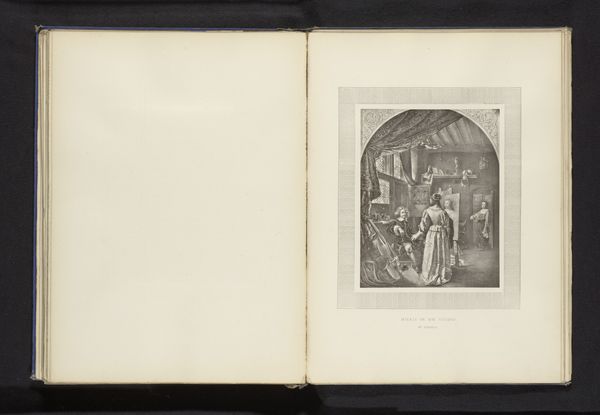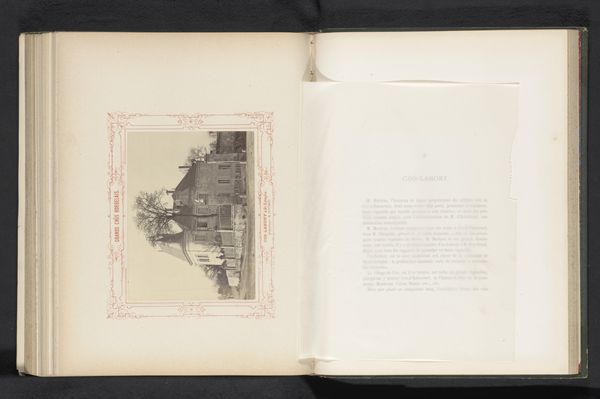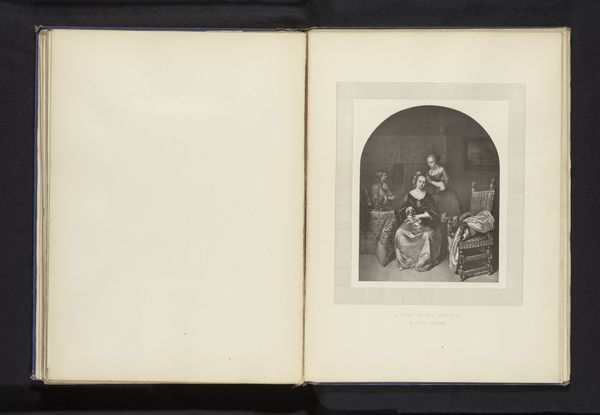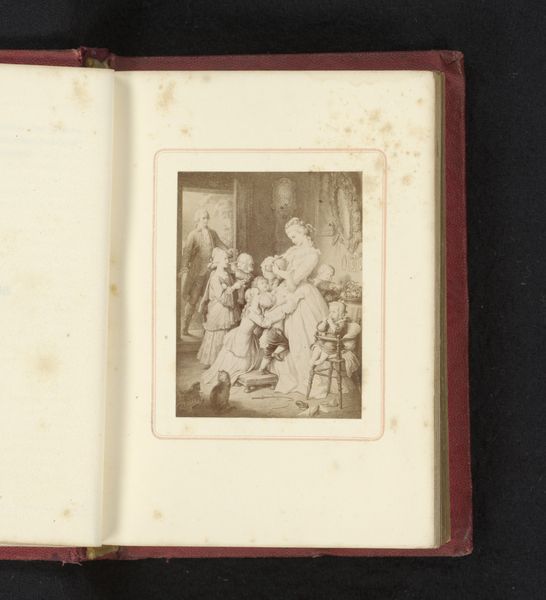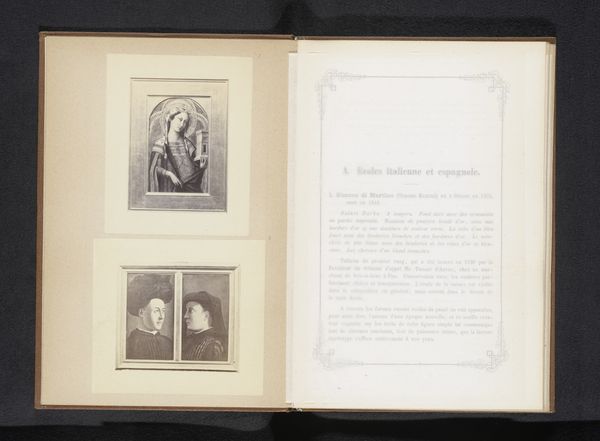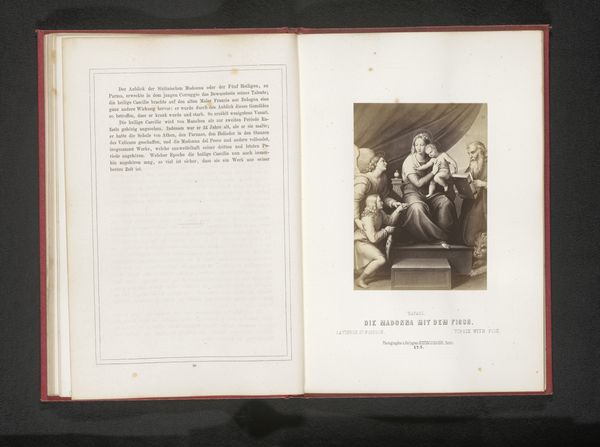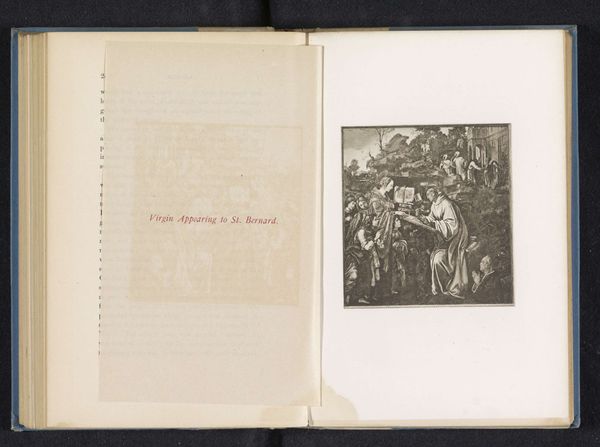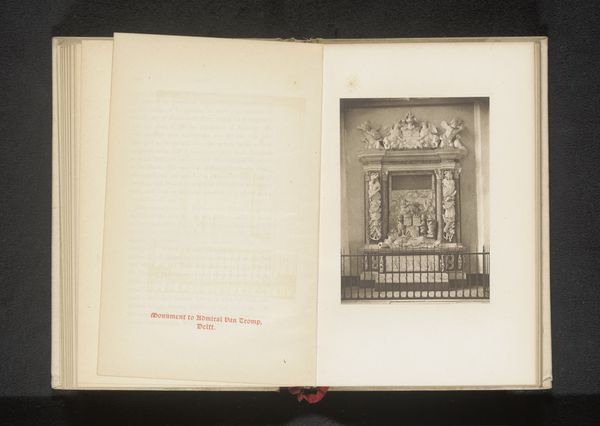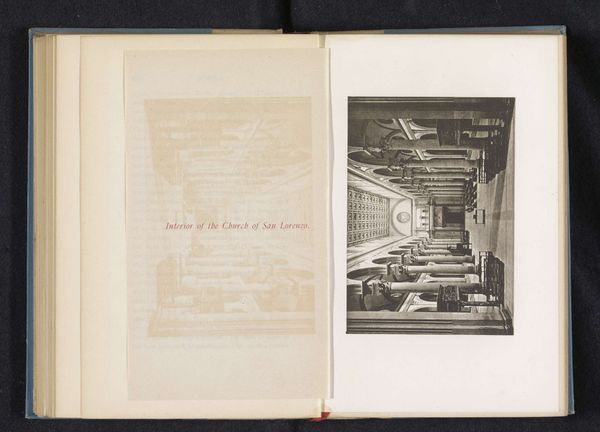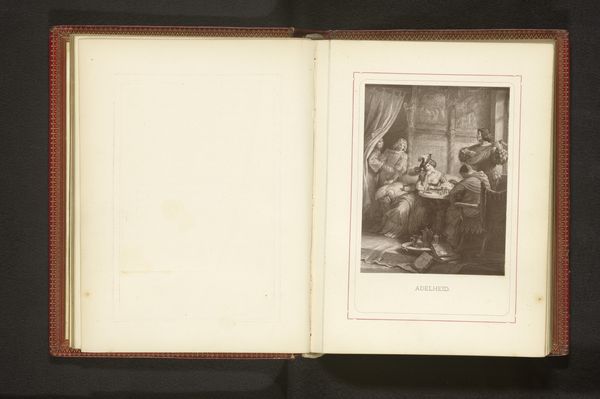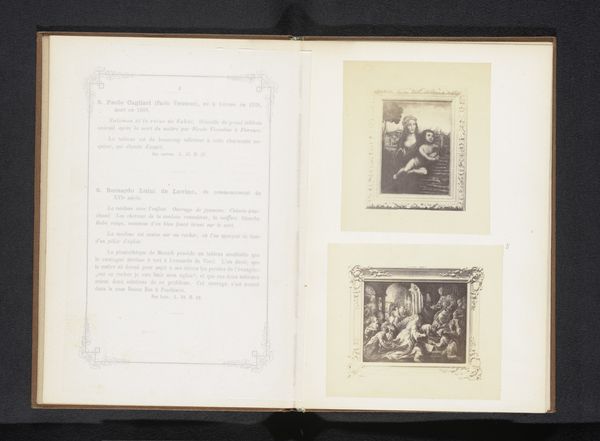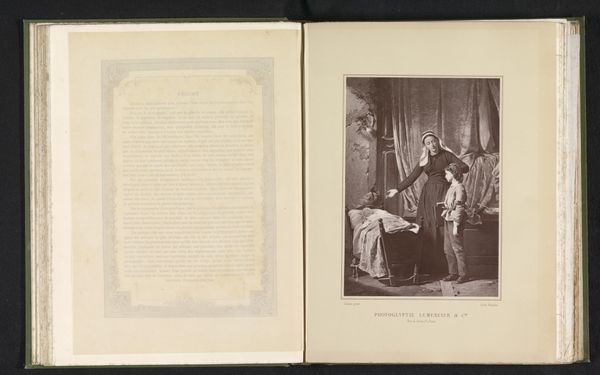
print, photography, gelatin-silver-print
#
portrait
# print
#
photography
#
gelatin-silver-print
Dimensions: height 125 mm, width 85 mm
Copyright: Rijks Museum: Open Domain
Editor: This is a gelatin-silver print from before 1890, titled "Kartuizer monniken voor een put te Florence" which I believe translates to "Carthusian Monks at a well in Florence." The black and white image depicts monks drawing water from an ornate well. It feels very posed, almost like a staged tableau. What do you see in this piece? Curator: The stillness you observe invites a deeper consideration. How do the monks’ habits, their very uniformity, speak to broader societal structures? Are they symbols of the Church’s authority, particularly in a rapidly modernizing Italy? Editor: I guess so. It makes me wonder about power, and who's doing the looking, too. Curator: Precisely! This image, created during a period of intense social change and religious questioning, asks us to consider the role of the church in everyday life. Think about the deliberate composition - who chose this moment, and what are they trying to say about the social responsibilities, if any, of monastic life at that time? Is it meant to evoke respect, piety, or something else entirely? Editor: It’s fascinating to consider the power dynamics at play here – the silent observers, the observed monks, the historical context, the choices that were made at that time. Curator: And how those choices, like the staging, affect how we interpret this image today. How does this historical piece resonate, or clash, with contemporary dialogues about identity, faith, and labour? Editor: It really emphasizes the importance of historical and social awareness in understanding art, so it's not just about aesthetics or technique. Curator: Indeed. Seeing the connections between then and now is where the real value of studying art history lies.
Comments
No comments
Be the first to comment and join the conversation on the ultimate creative platform.
